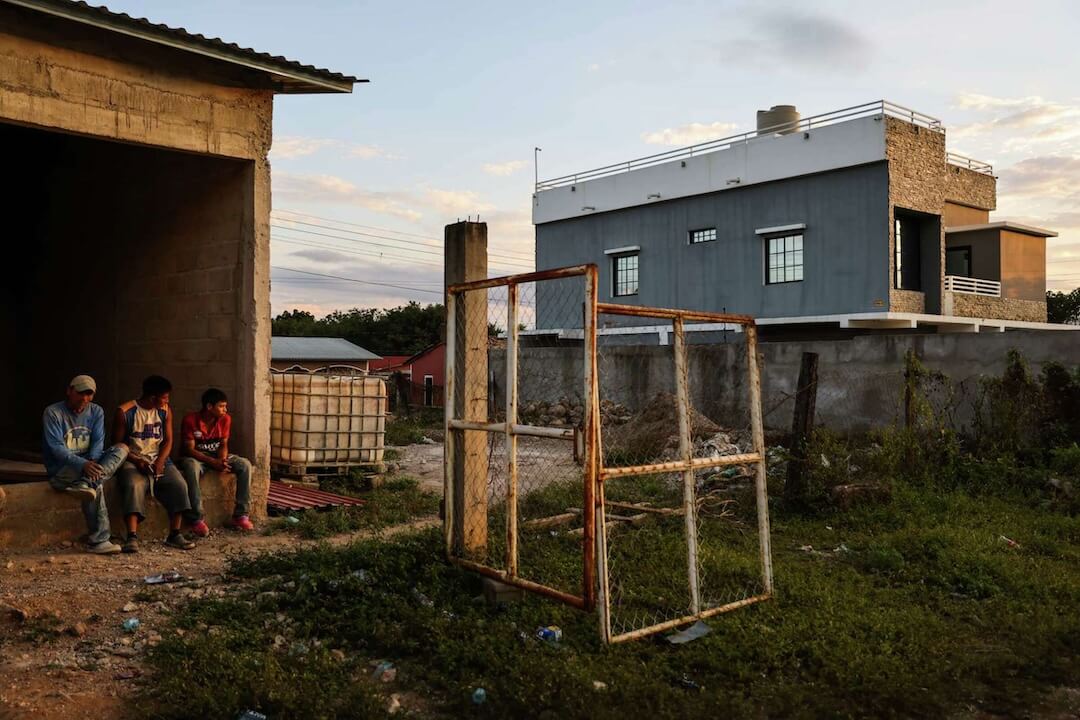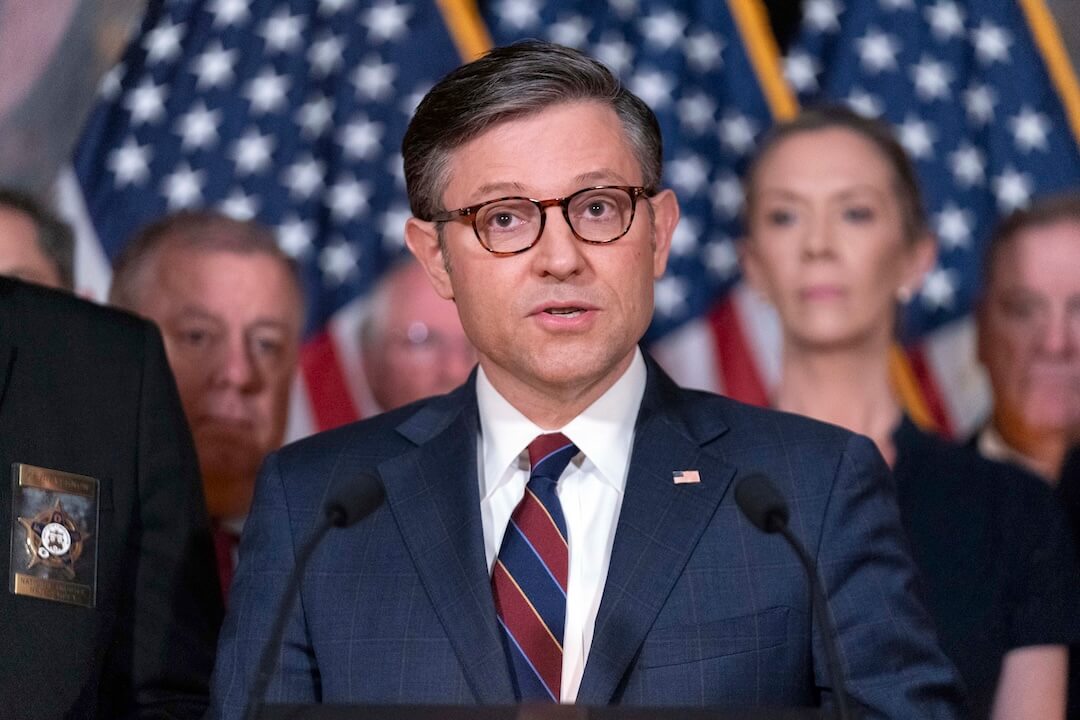The horrific events of September 11, 2001, represented the first opportunity for online media — still relatively new — to cover a HUGE story. While news websites were certainly going strong when Timothy McVeigh bombed the federal building in Oklahoma City, even that tragedy pales in comparison to these latest acts of terrorism. This story is of the scope of the attack on Pearl Harbor (some say bigger), and online media is a more mature industry today.
Thus, the terrorist attacks on New York and Washington represent the greatest test yet of the newest news medium: the Internet.
As we look back on this week, online journalists will find it to be a learning experience. As I’ve watched online news sites cover this story, I’ve been looking for examples from which online journalists can learn. Here are a few:
Get rid of the “front page” ads
Due mainly to the tremendous load on their servers, and the desire to allow as many people to see their content as possible, several hard-hit major news websites stripped ads (and extraneous graphics) from their home pages and breaking-news pages during the early hours of the event, in order to accommodate the load. (Examples: CNN.com, MSNBC.com, ABCNews.com, CBSMarketWatch.com.)
While that’s a practical decision, in a story of this magnitude it makes sense to temporarily remove advertising banners and pop-ups from a news site’s “front page” for other reasons. Pat Tearney, a former newspaper editor now with American Farriers Journal, stated the issue smartly when he told me, “In such a situation, a newspaper would kill inappropriate skyboxes and things on the normal front page that would detract from the gravity the page is trying to convey. Websites need to be ready to kill such things immediately.”
Example of getting it wrong: Netscape.com (which is a portal site that includes news, operated by a non-news company) posted a World Trade Center crash photo early on, juxtaposed next to an entertainment ad with a grinning Tom Cruise.
Pulling it together from many sources
For the Morris newspaper chain’s websites, the norm is to rely on The Wire news service from the Associated Press for national coverage. With The Wire partly inaccessible under the load on Tuesday, Morris Digital Works, the central online services division of Morris Communications, put together a temporary national news operation to produce special coverage for all the Morris websites, according to Morris’ Steve Yelvington.
“We pulled together content from news wires, freelancers, Morris newspapers and radio stations, broadcast partners, and our own resources,” he says. The staff built audio and video presentations, Flash infographics, and maps, which were all plugged into Morris’ news sites — many of them part of small newspapers. It was an example of a corporate-wide effort to create coverage that a small paper’s website could obviously not produce alone. The print editions and Morris broadcast outlets also prominently directed readers to the websites for continuing coverage.
Lesson: A concerted effort at the corporate level can free up local news sites to concentrate on covering the local angle of big stories.
WSJ.com: Opening the subscription gate
The website of The Wall Street Journal charges for access to its full content, but the site temporarily dropped its access gates to allow anyone in freely. The decision was made in the belief that many paying print readers would be unable to get their copies. WSJ.com is perhaps the world’s most heralded and successful pay-content site (and one of a small number), but as the Internet economy has worsened, an increasing number of news websites are instituting or contemplating online subscription fees themselves. Lesson: Be flexible when the primary job is getting the news out during extraordinary events.
Wireless news: Reaching the unreachable
In airports across the U.S. Tuesday, stranded travelers found themselves struggling to get news. CNN Airport Network TV sets went blank shortly after the news that commercial jetliners had crashed into the World Trade Center towers. (That’s understandable; airports and airlines don’t want air travelers to see horrific plane crash images.) That left travelers in the dark about what happened — and why their planes were grounded.
Wireless news turned out to be the link to the outside world of events for some travelers. News industry consultant Rusty Coats of MORI Research was waiting to catch a plane at the Minneapolis-St. Paul airport Tuesday morning; takeoff was scheduled shortly after the jetliners crashed into the World Trade Center. When the CNN TVs went blank, Coats pulled out his wireless Palm Pilot and was able to get the news, which he shared with fellow travelers. A traveler on a plane scheduled to leave Newark at about the same time had a similar experience, but sitting on his plane on the airport taxiway. When the pilot was not forthcoming with accurate news, he used a wireless PDA to get early news reports, then shared them with the passengers and crew. (From that plane, passengers could see the Manhattan skyline, yet were in the dark about what happened.)
Lesson: Pay increasing attention to publishing news content — especially breaking headlines on major events — to wireless devices. Larry Kramer, CEO of MarketWatch.com, a financial news site, said that his staff “had dozens and dozens of headlines on Palm sooner than any competition.” (The site’s audience is affluent and well wired, so a wireless publishing strategy makes sense.) Follow that lead and you can reach your audience anywhere in times of disaster.
The personal journalists
An interesting aspect of the Internet experience of yesterday’s tragedy involved the personal websites and weblogs of New Yorkers. Because there was little solid information initially on mainstream news sites, online journalist and Web developer Craig Saila went hunting for weblogs of New Yorkers. He found some, like David Wertheimer‘s, that included short “I’m OK” updates and personal experiences of the day. Others, like Jason Kottke‘s, drew from other New Yorkers’ accounts. You’ll also find on Kottke’s site a collection of images from amateur photographers who witnessed the World Trade Center disaster.
Lesson: Mainstream journalists should monitor weblogs as information, idea, and photographic sources.
Even small sites can be a big help.
The Times Herald-Record in Middletown, New York, was impacted by yesterday’s events in a big way: Many police and firefighters from the town were involved in fighting the World Trade Center fire. Besides the obvious step of “blitzing the [paper’s website] all day with local-angle stories,” says online editor David Feld, the site set up discussion boards for people who were stuck in New York but without phone service could get messages to home and vice versa. “We’ll continue to focus on the Web as a primary method of communication as the events unfold,” he says.
The importance of e-mail alerts
As the events in New York and D.C. unfolded Tuesday morning, many people were already at work — sitting at computers. The best way to reach them with big news can be e-mail alerts. (That’s how I first learned of the events; I’d turned on my computer before the radio.)
E-mail alert services like those from CNN.com and NYTimes.com brought the news to many online users Tuesday. Journalist J.D. Lasica has compiled a bit of media history by putting all the e-mail alerts of the day from those two online news organizations onto a single Web page. (It’s a chilling summary of the day’s events. Of course, some of the e-mail bulletins later turned out to be inaccurate.)





